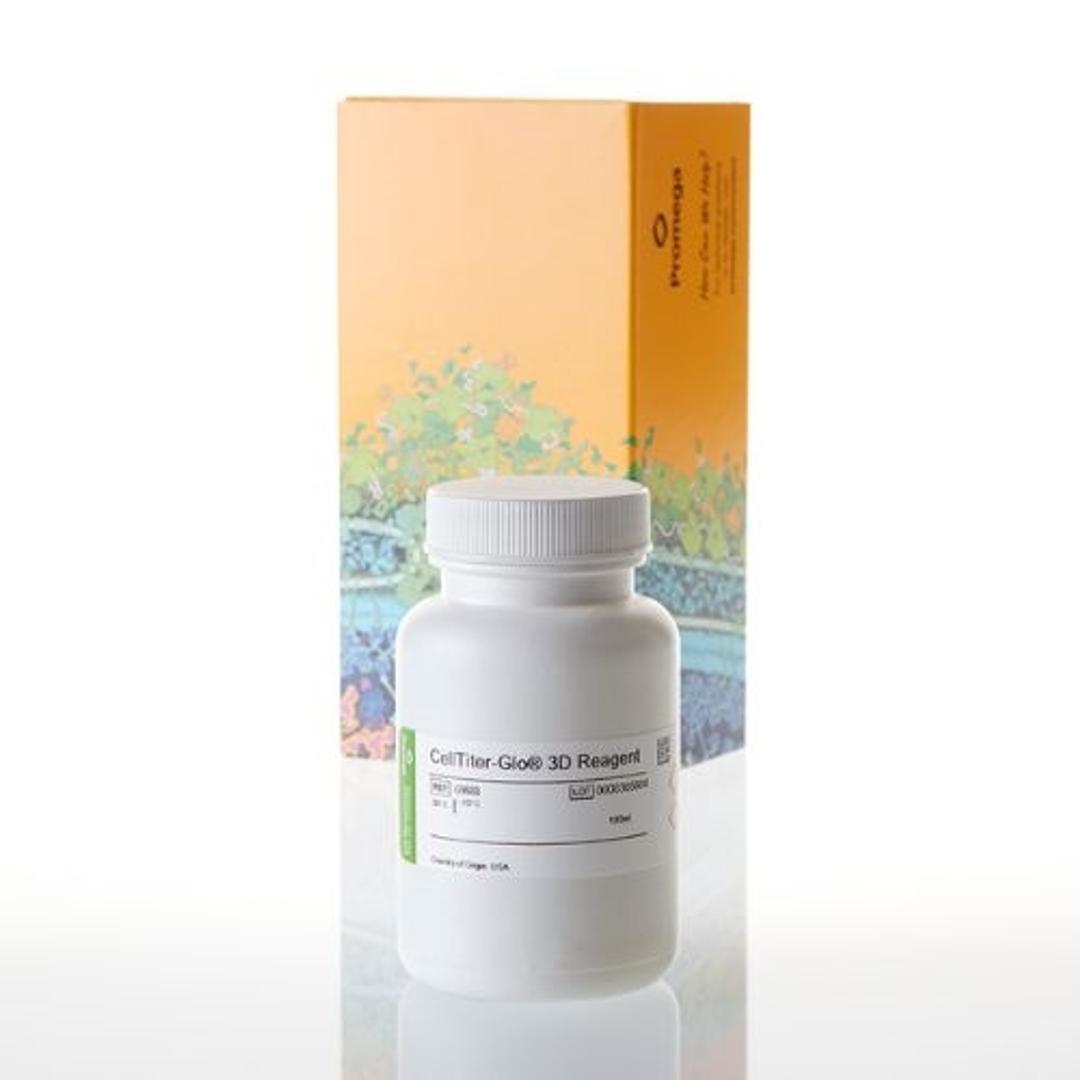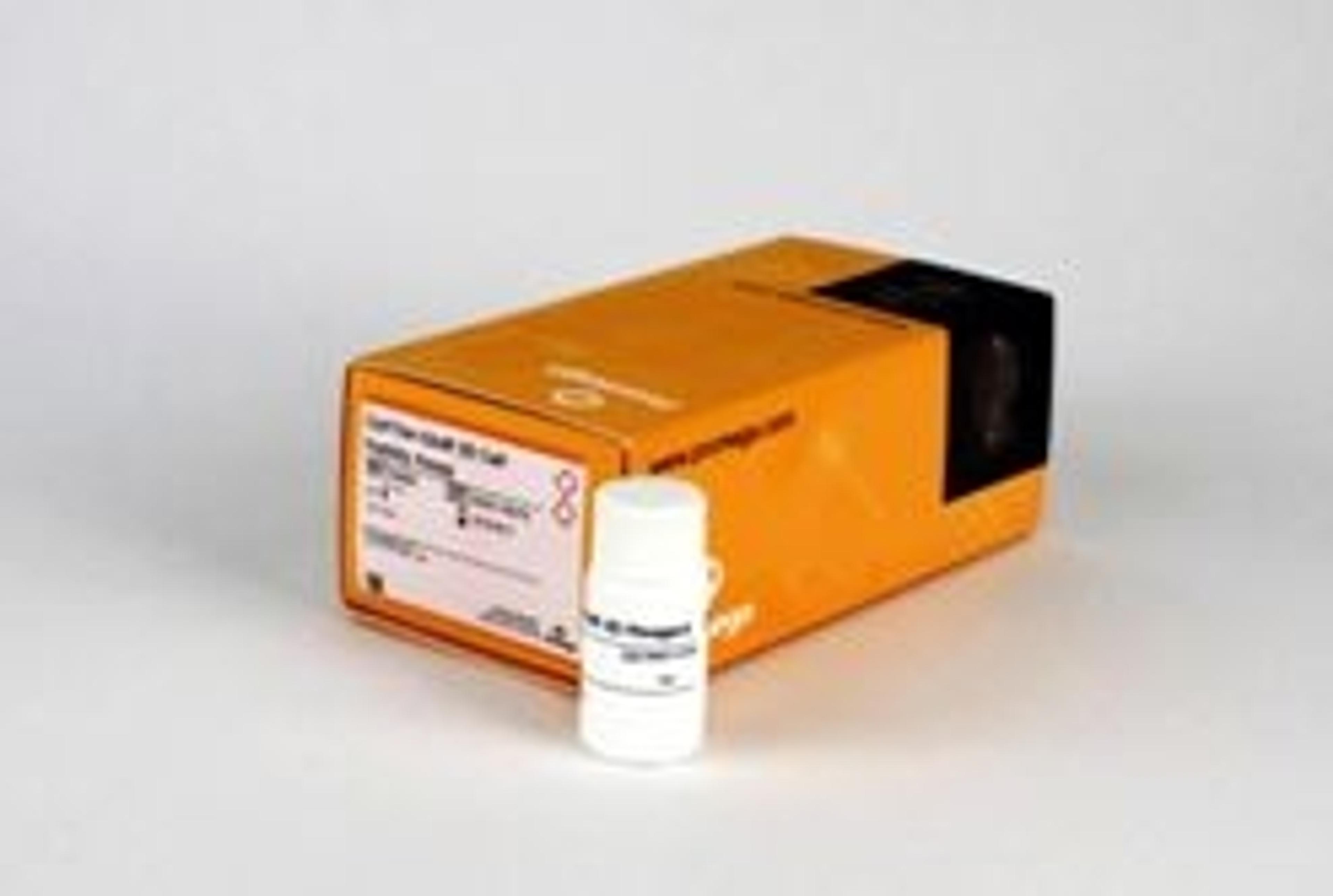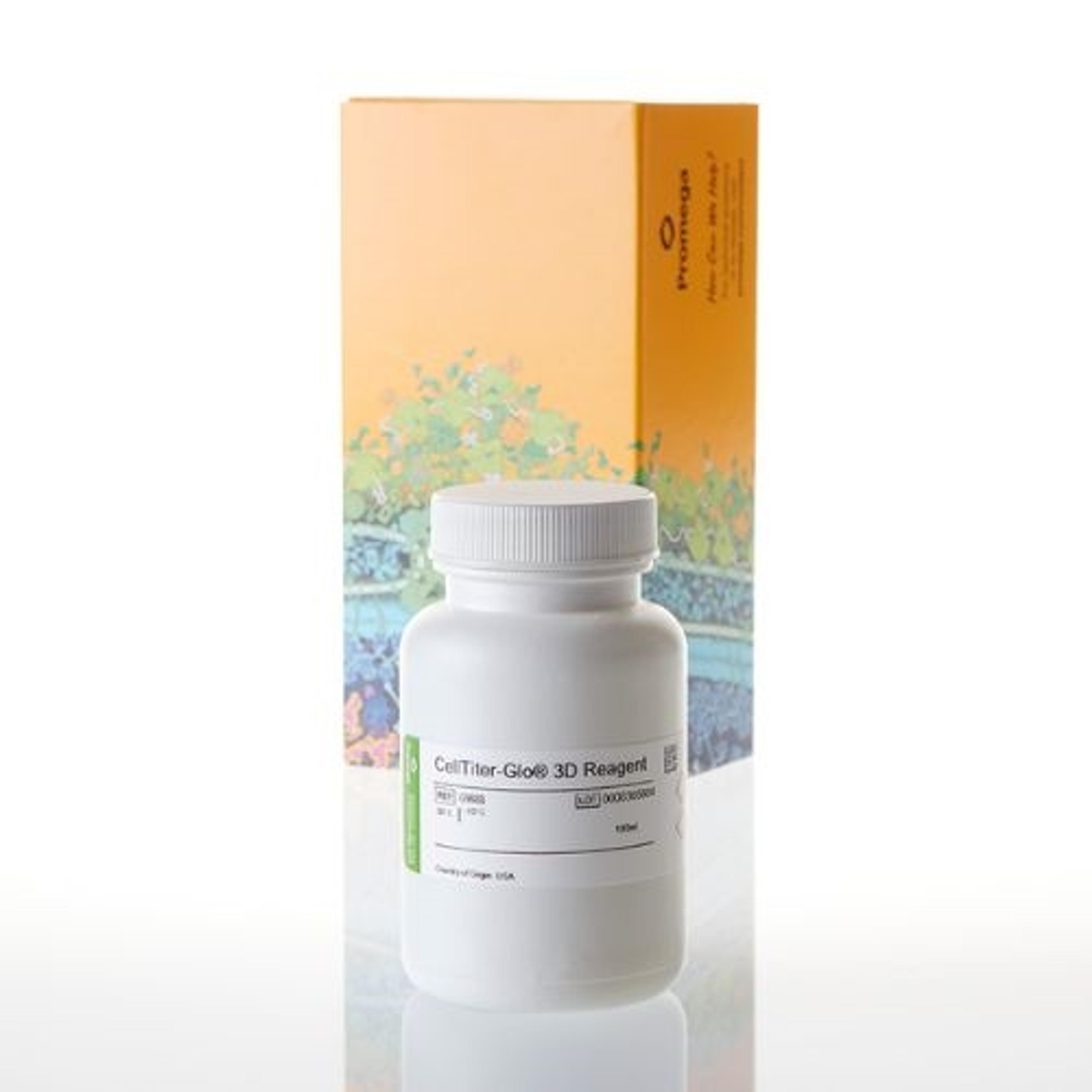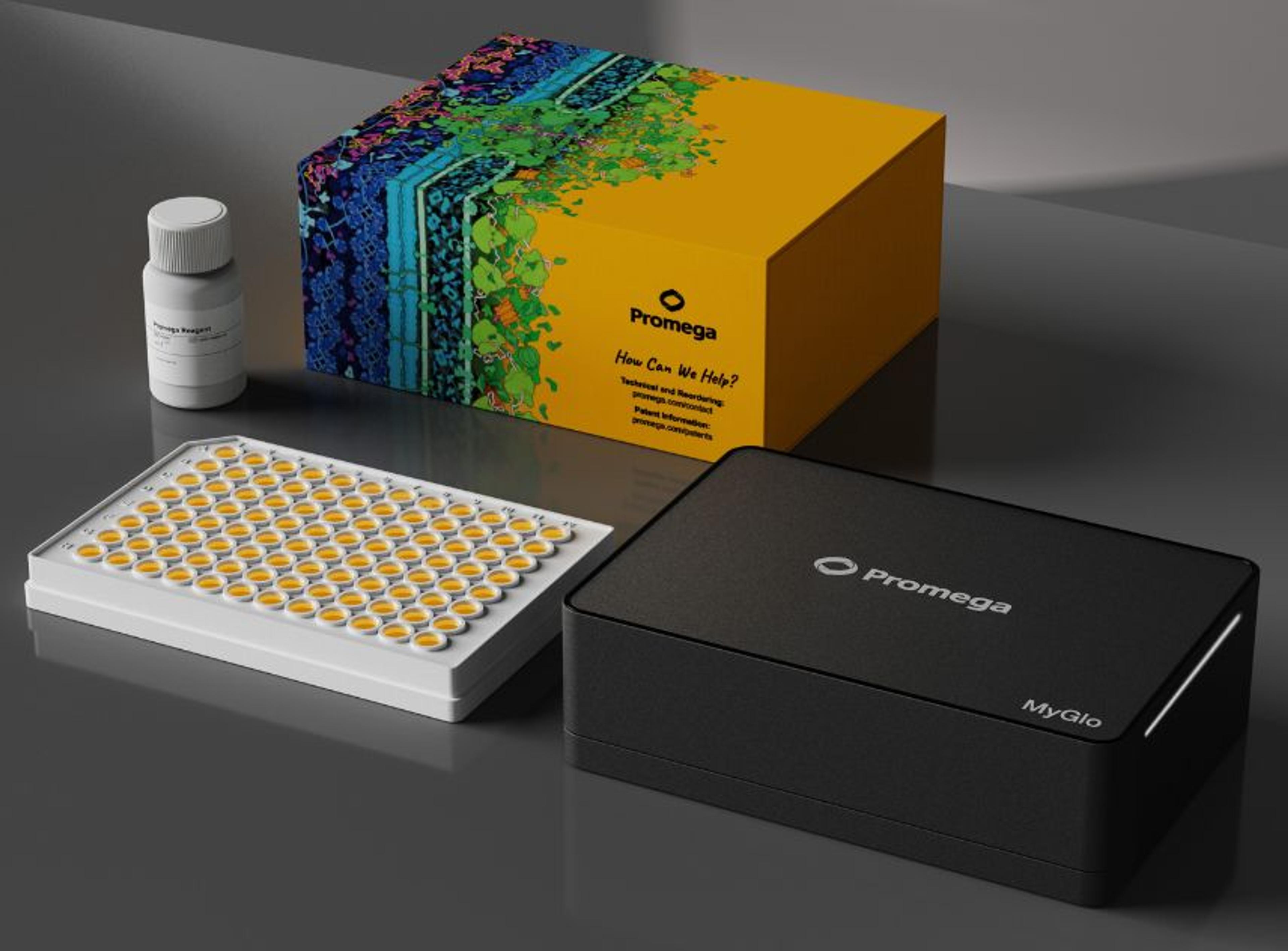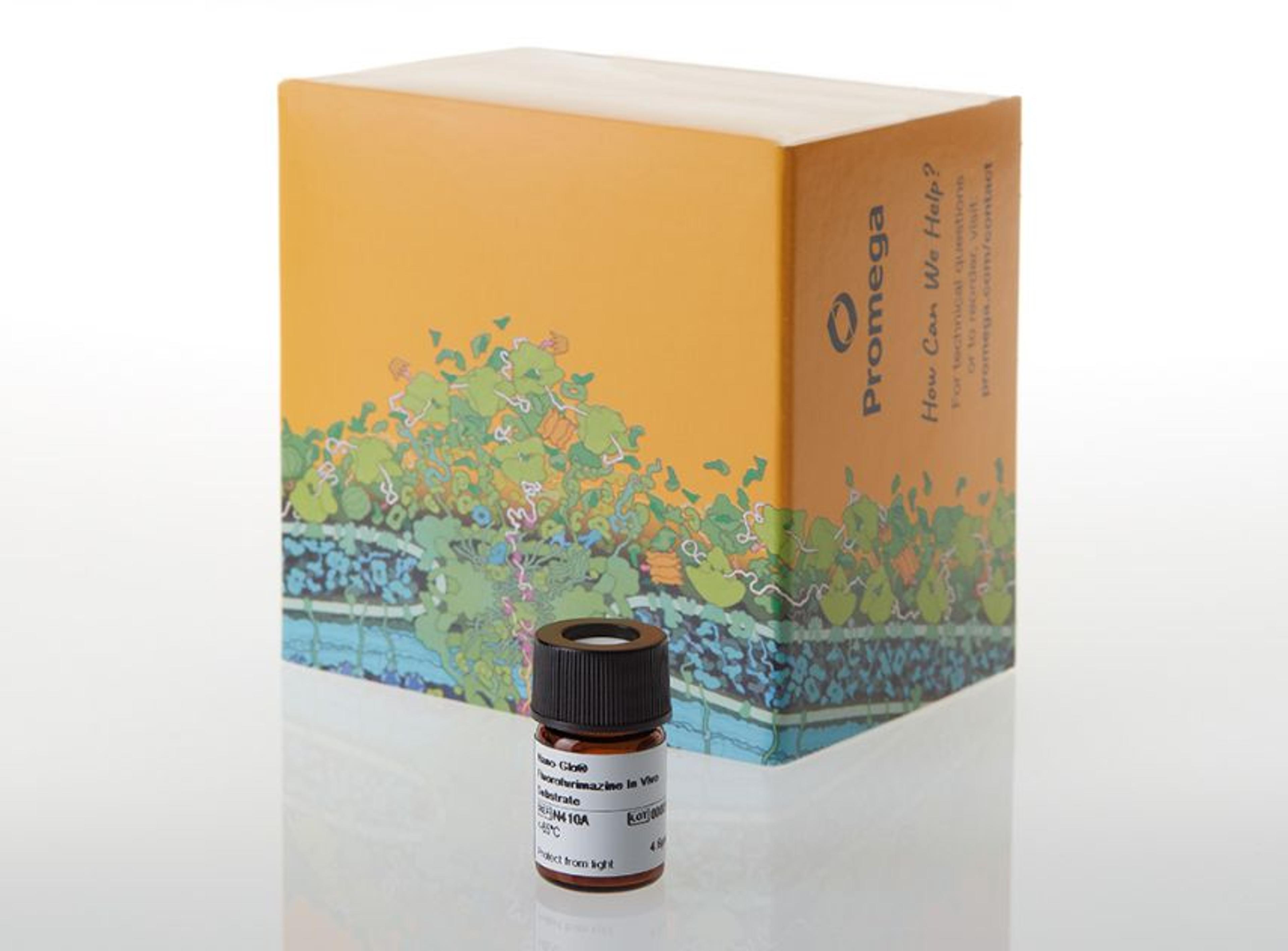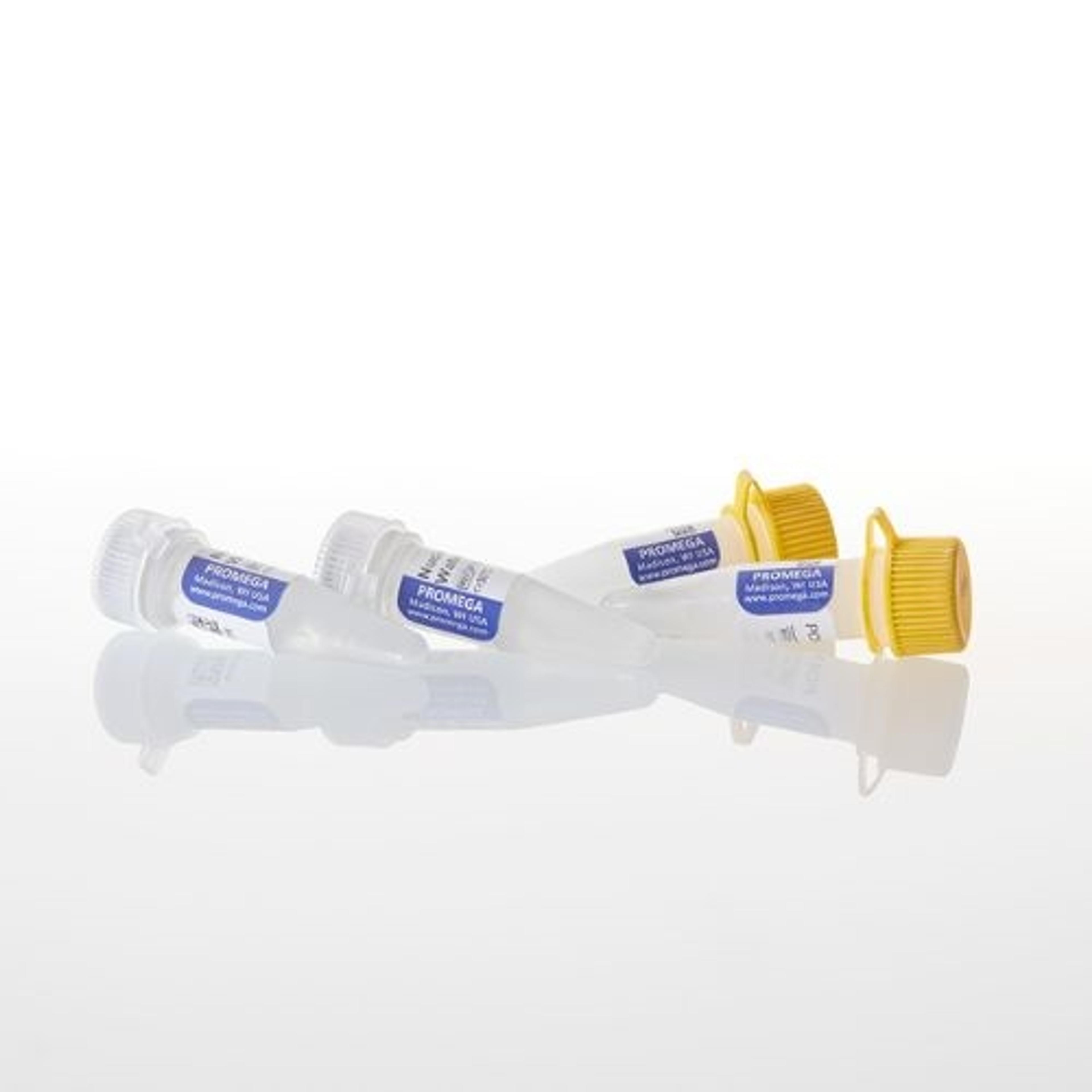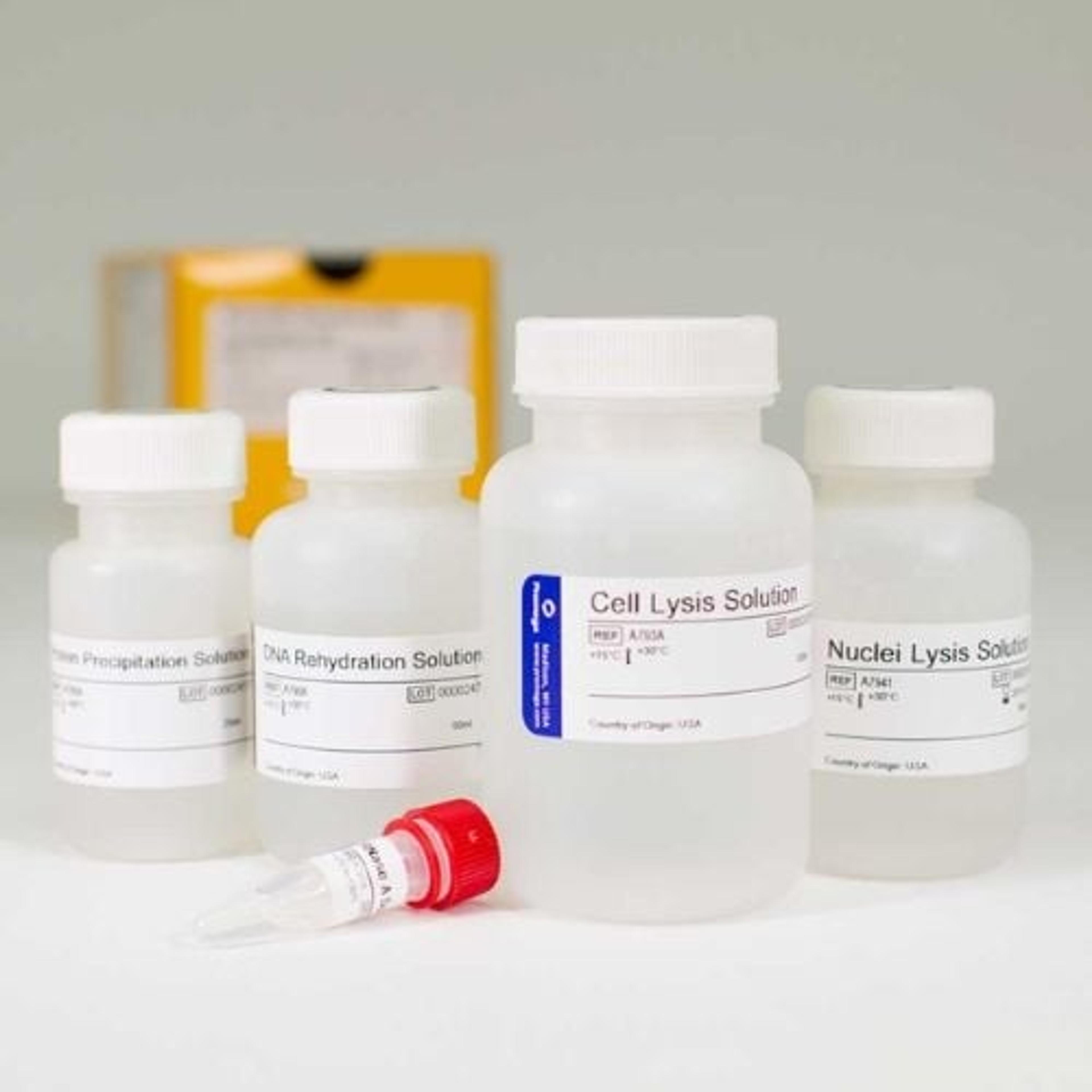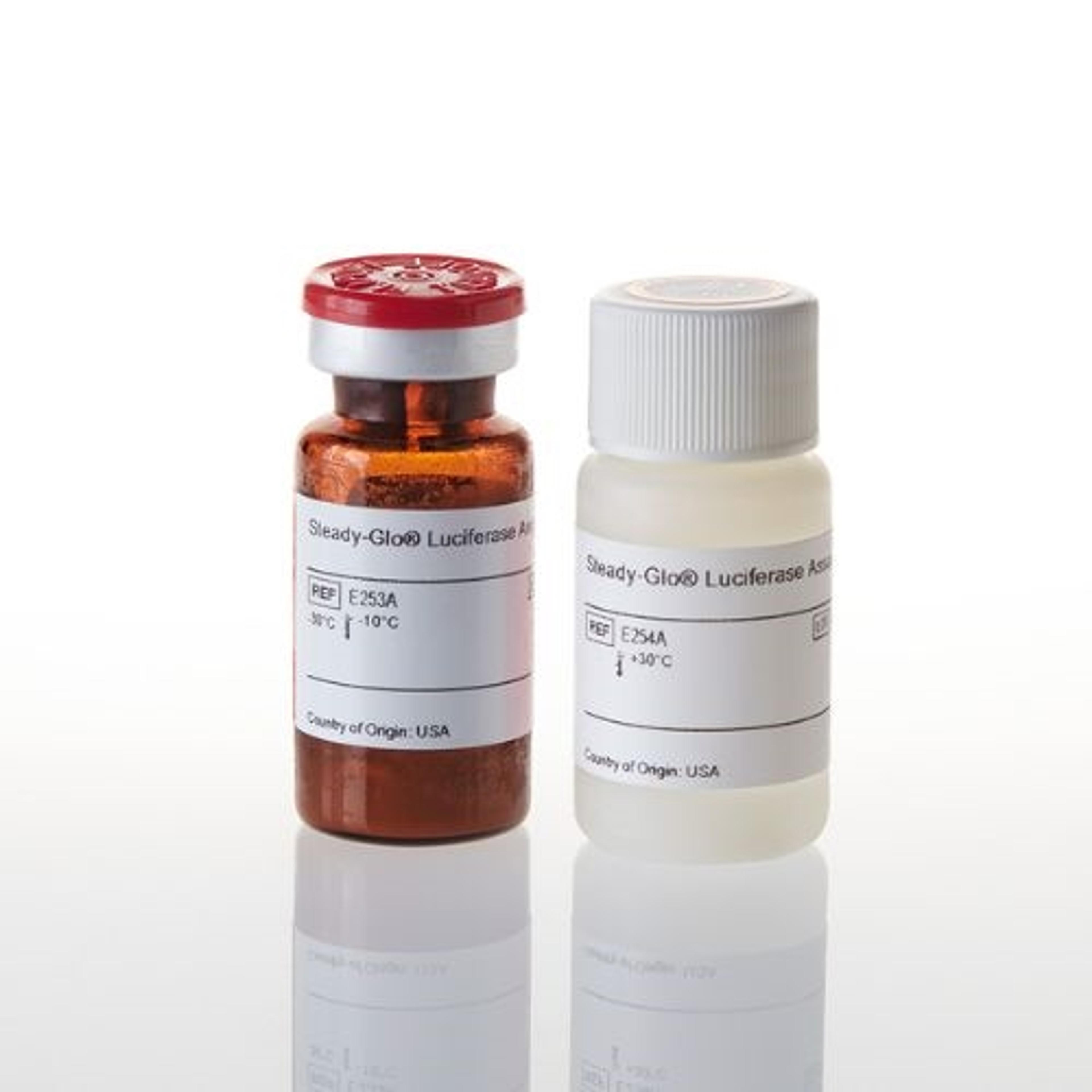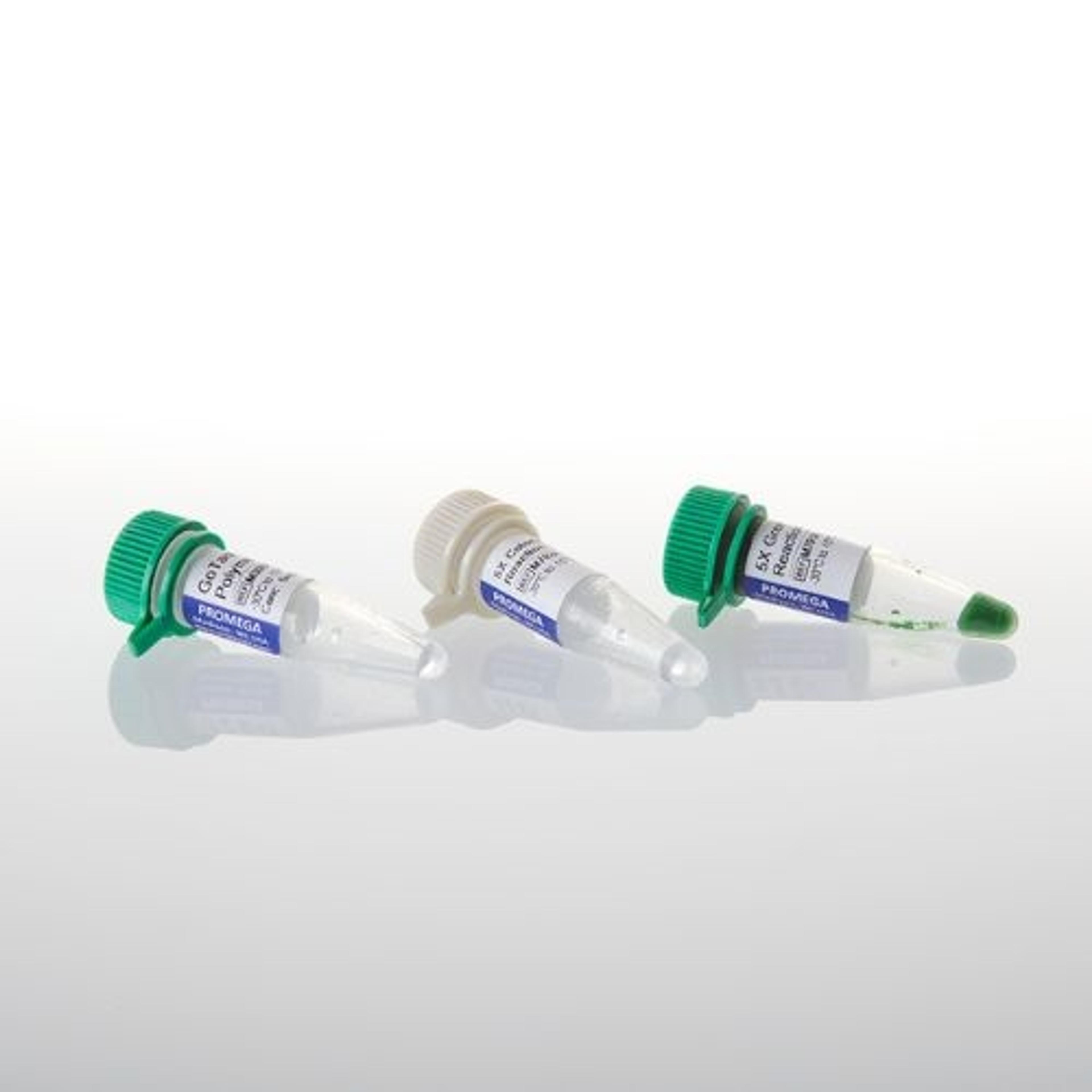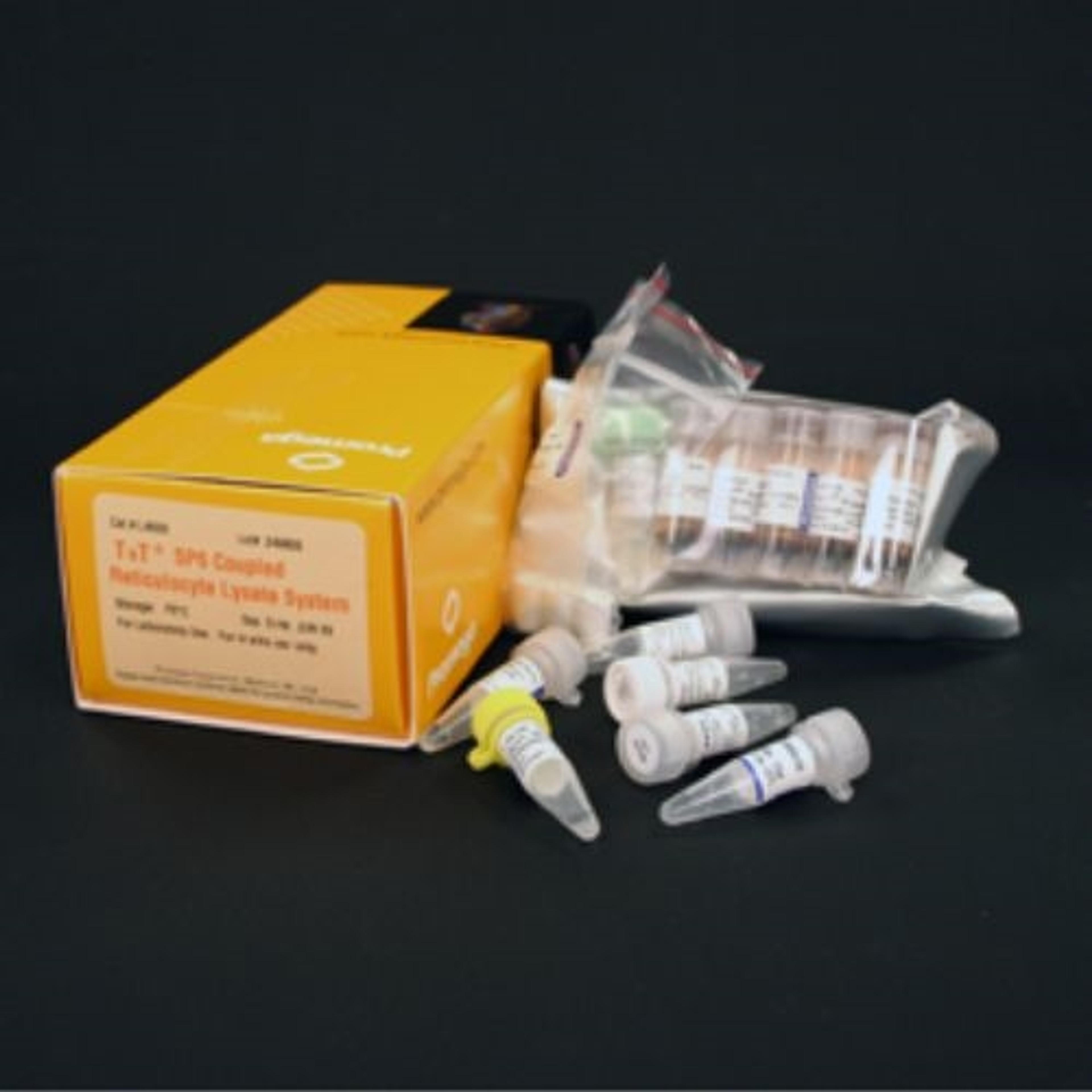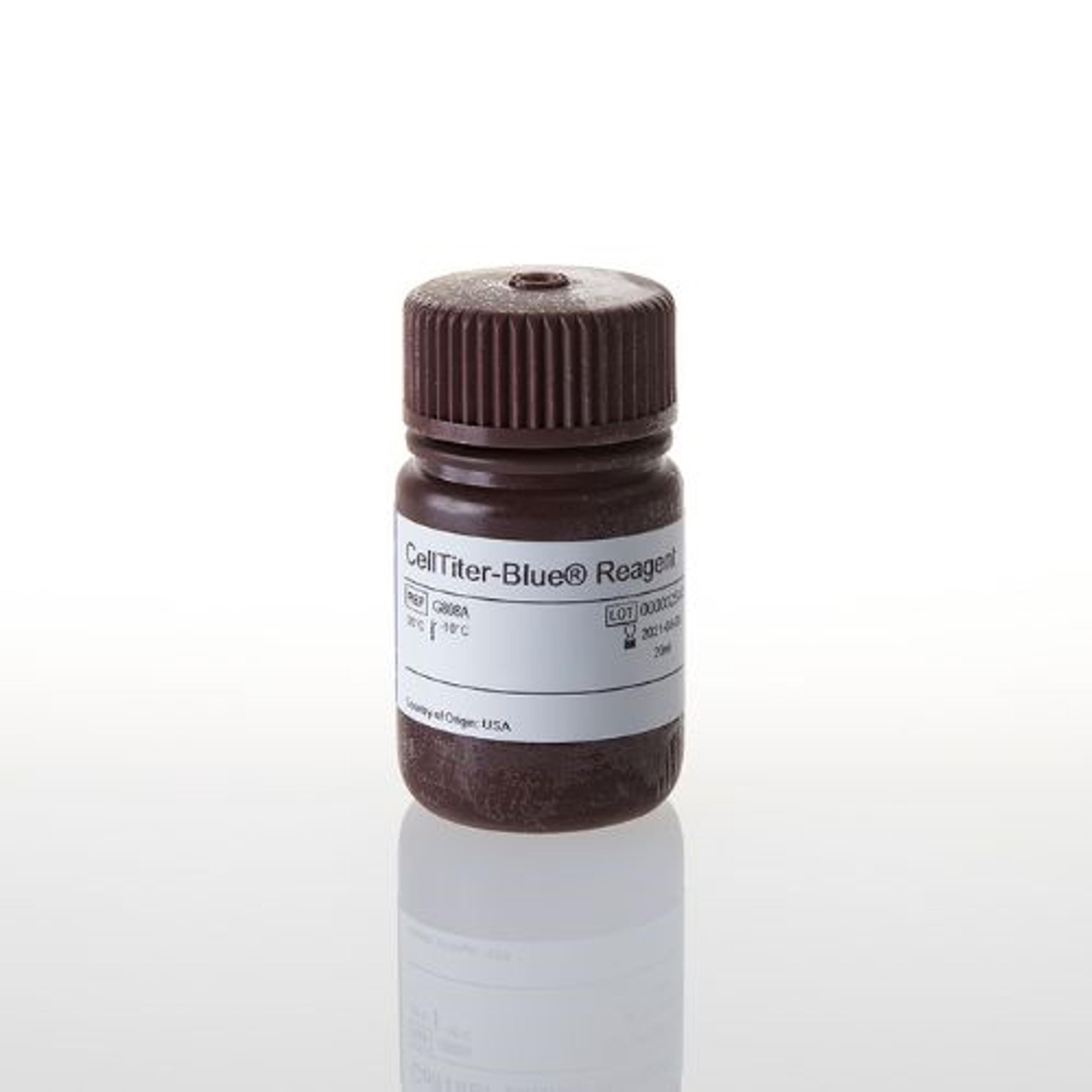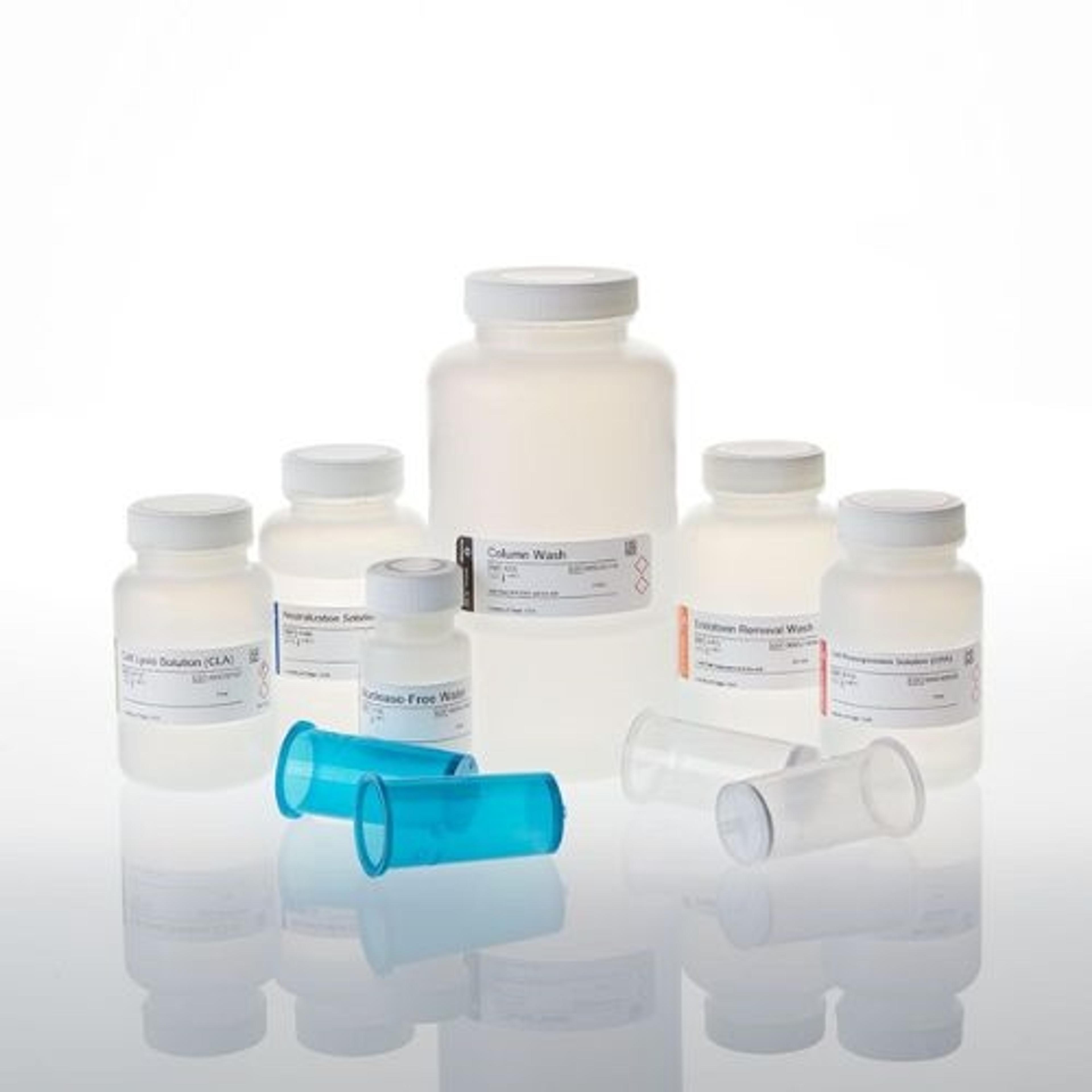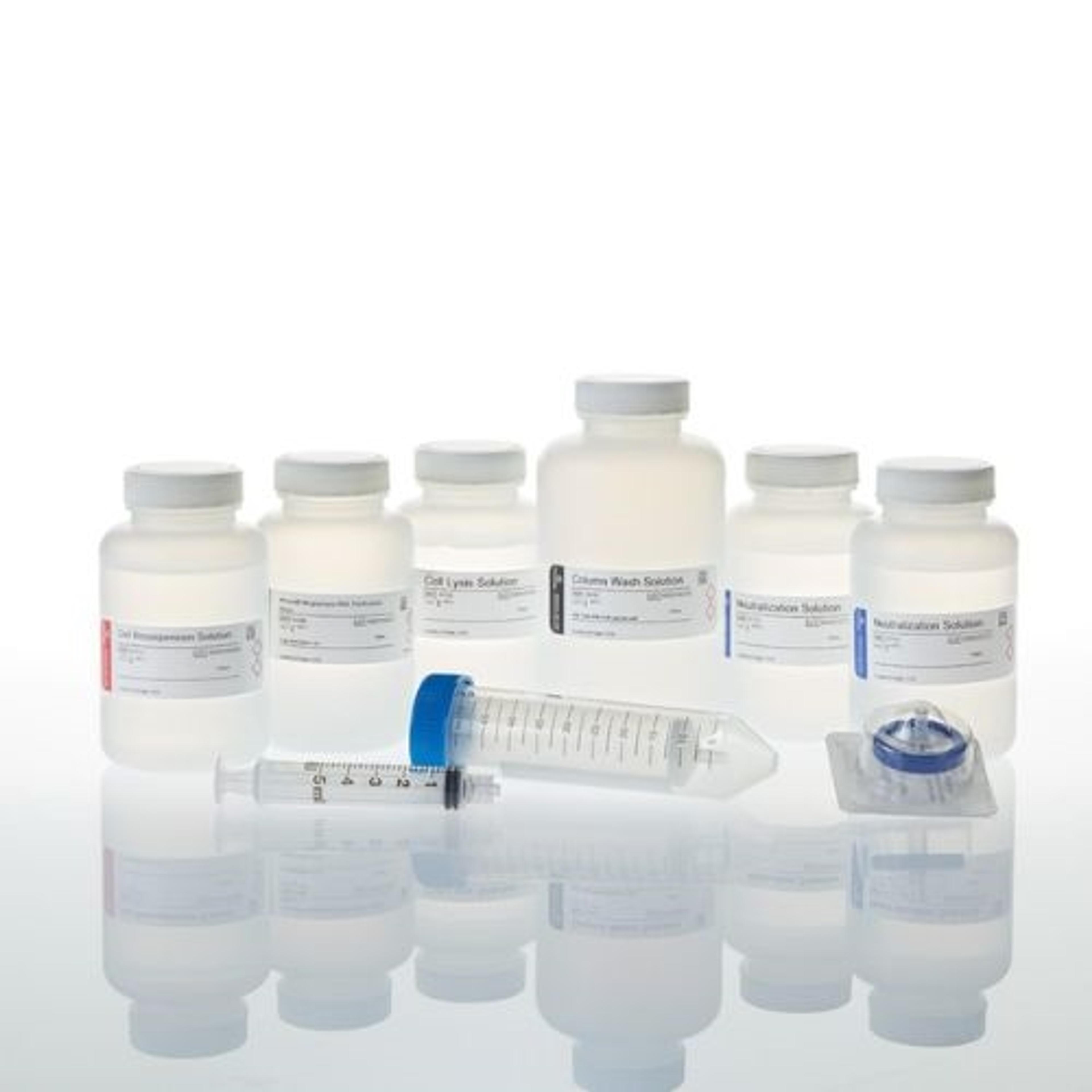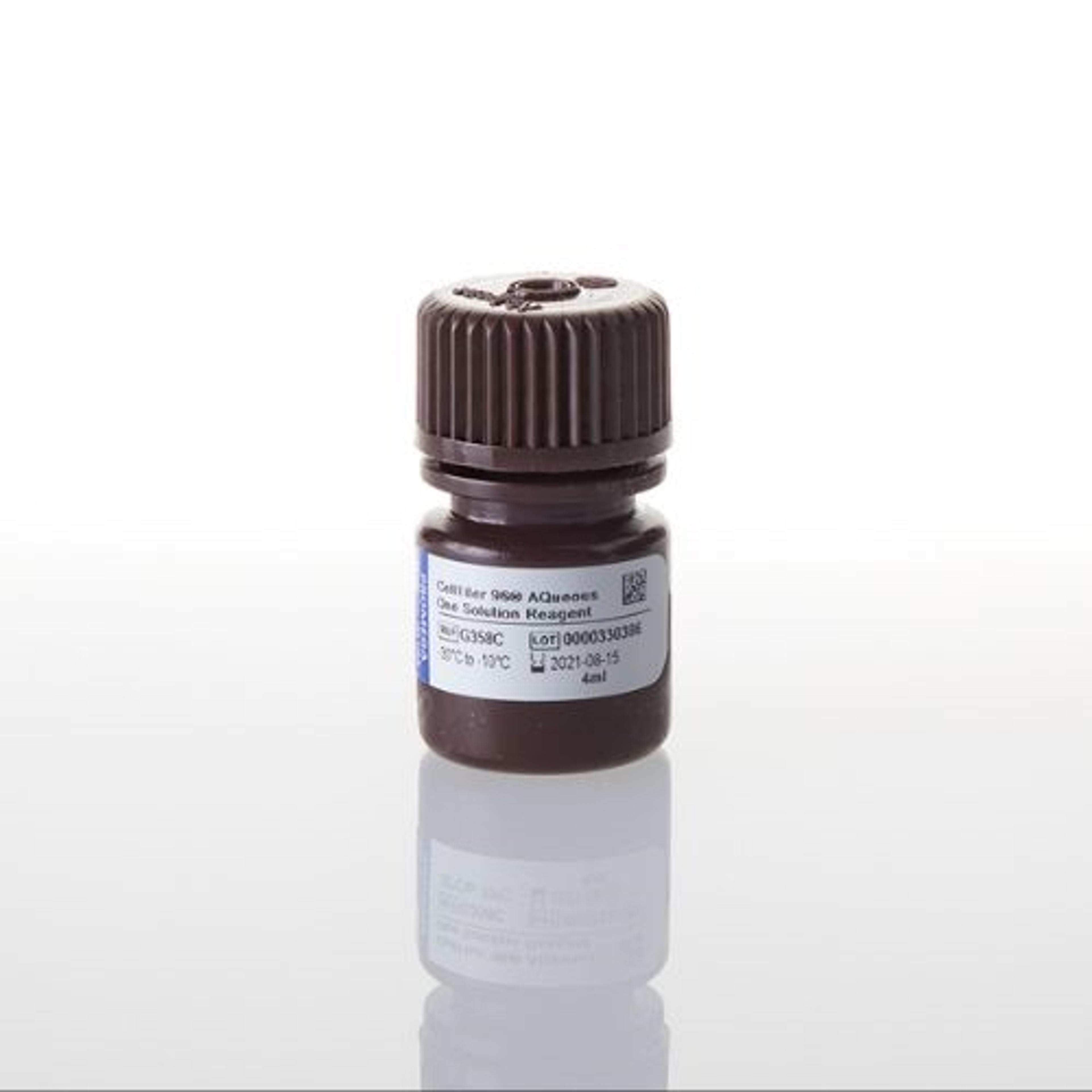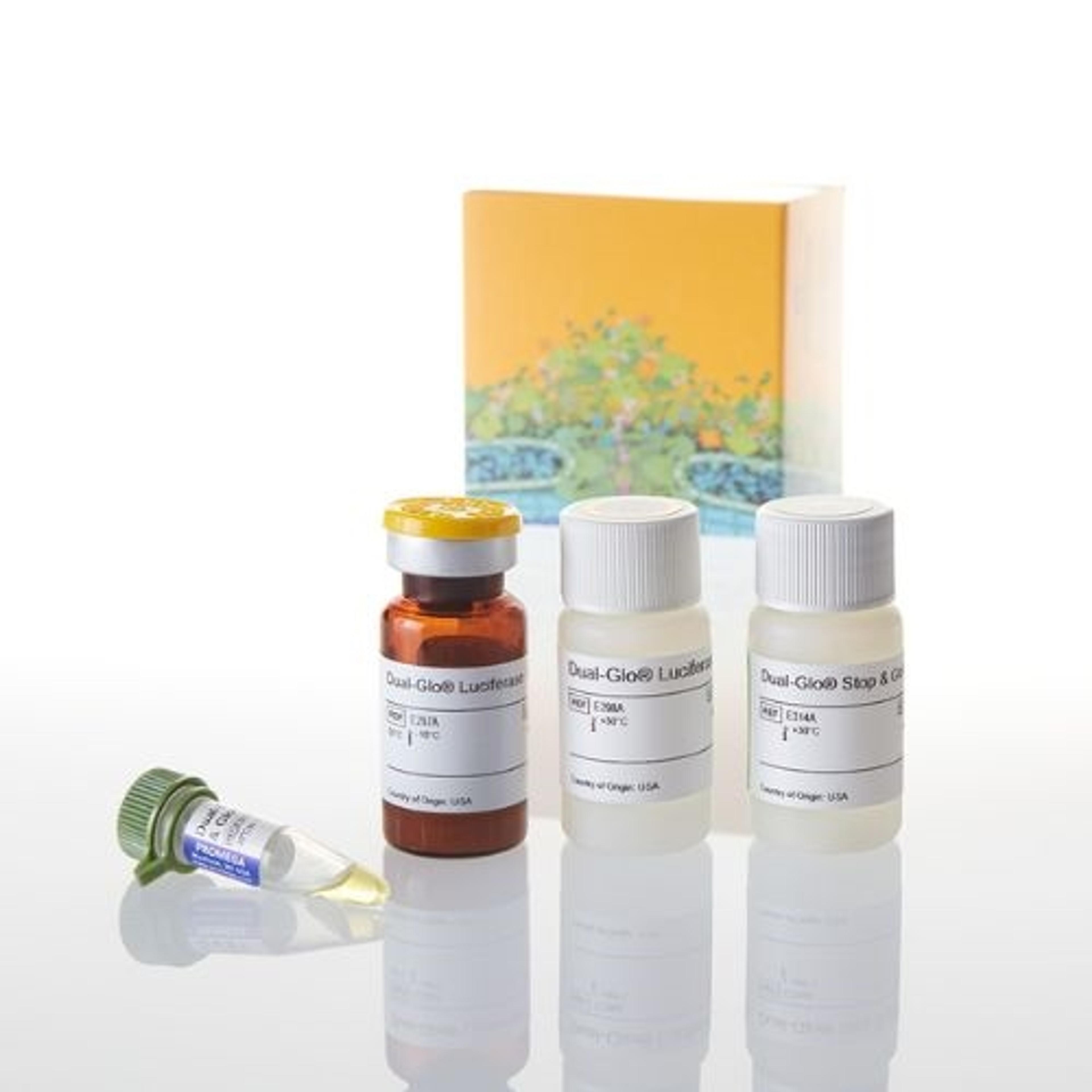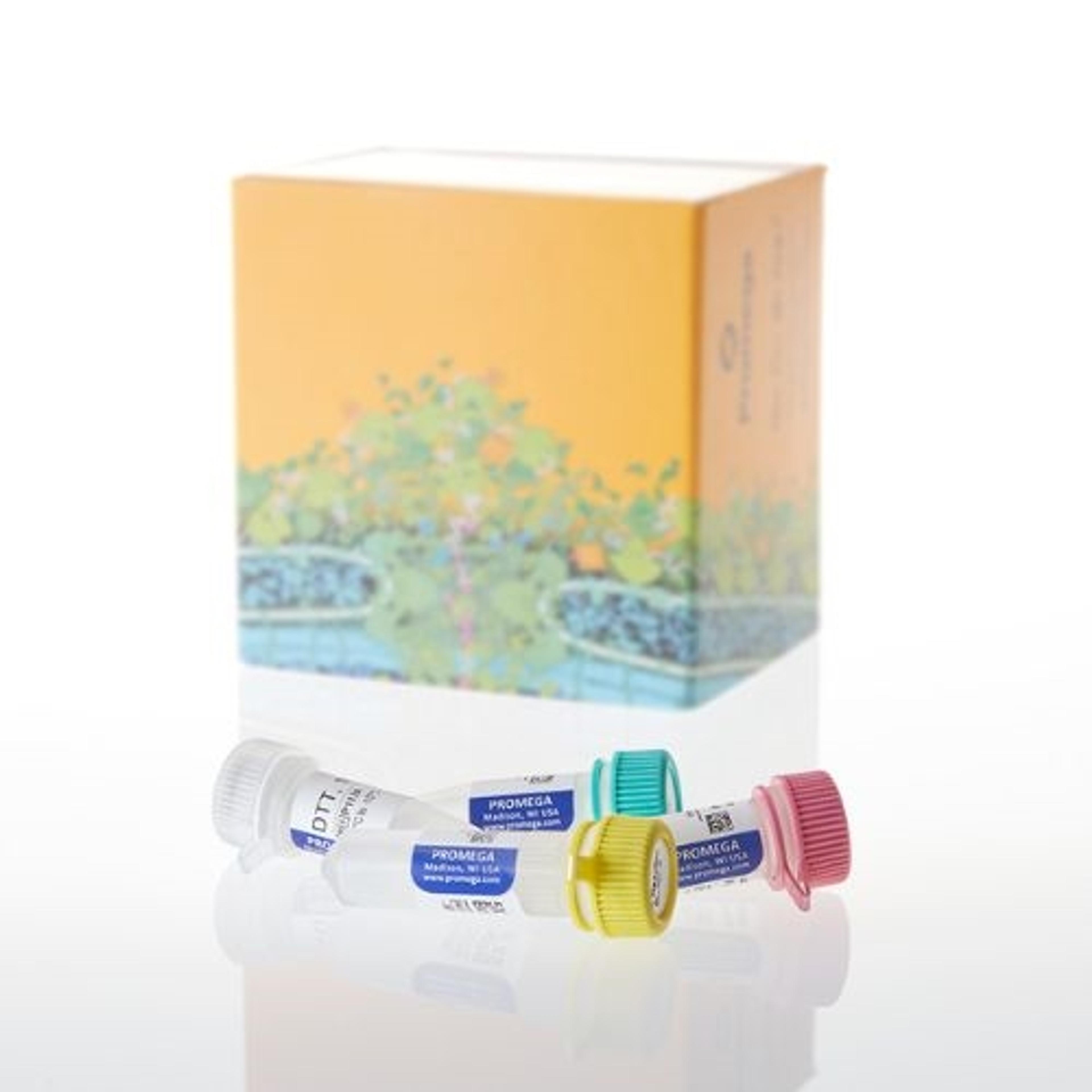CellTiter-Glo® 3D Cell Viability Assay
The CellTiter-Glo® 3D Cell Viability Assay is a homogeneous method to determine the number of viable cells in 3D cell culture based on quantitation of the ATP present, which is a marker for the presence of metabolically active cells. This ready-to-use reagent is based on the original CellTiter-Glo® Luminescent Cell Viability Assay chemistry and eliminates the need to combine buffer with lyophilized substrate when prepa…
Easy to use, consistent results.
Intestinal organoids
Extremely easy to handle, consistent, and reproducible results. Can prepare standard control when purchasing standard ATP.
Review Date: 25 Oct 2019 | Promega Corp.
Most used reagent in our lab currently.
Measure viability in 3D tumour assay
Easesy to use - defrost and add directly to the cells, leave for only 15mins and then read. Simple and reliable.
Review Date: 27 Jun 2019 | Promega Corp.
Highly recommended.
Cell viability
Easy to use, very robust, but expensive. Will recommend to others.
Review Date: 17 Apr 2018 | Promega Corp.
Excellent product, use it almost on a daily basis.
Spheroid and tumoroid toxicity.
CellTiter Glo 3D is very easy to use and works very efficiently, yielding high quality and reproducible results. When we moved to 3D cell culture technologies, there weren't many products available for efficient use in these systems, so we were very happy to be able to use the product early on.
Review Date: 22 Mar 2018 | Promega Corp.
Best cell assay for 3D cell culture!
Cell viability assessment of spheroids
CellTiterGlo3D is the only assay that gives reproducible results on spheroid cultures. The results are always very precise, so that one can detect even minor changes in cell viability, which is not detectable with other products.
Review Date: 22 Apr 2016 | Promega Corp.
The CellTiter-Glo® 3D Cell Viability Assay is a homogeneous method to determine the number of viable cells in 3D cell culture based on quantitation of the ATP present, which is a marker for the presence of metabolically active cells.
This ready-to-use reagent is based on the original CellTiter-Glo® Luminescent Cell Viability Assay chemistry and eliminates the need to combine buffer with lyophilized substrate when preparing reagent. The CellTiter-Glo® 3D Cell Viability Assay is formulated with more robust lytic capacity and is designed for use with microtissues produced in 3D cell culture.
The homogeneous assay procedure involves addition of a single reagent (CellTiter-Glo® 3D Reagent) directly to cells cultured in serum-supplemented medium. Cell washing, removal of medium and multiple pipetting steps are not required. This assay is compatible with multiwell-plate formats, making it ideal for automated high-throughput screening (HTS). The CellTiter-Glo® 3D Assay has been used successfully with 3D microtissue cell culture produced via hanging-drop plates, ultra-low attachment plates, Matrigel®-coated plates, agarose-coated plates, cultures suspended in methylcellulose and Alvetex® plates.
Features & Benefits:
- Robust Penetration into Microtissues - Improved lytic capacity allows use over a broad range of microtissue sizes compared to other viability assay methods.
- Ready-to-Use Reagent - No mixing of components required; simply thaw, equilibrate to room temperature and "add-mix-incubate-measure". Convenient for HTS applications.
- Fast Results - Data can be recorded in 30 minutes or less after adding reagent, quicker than when using colorimetric or fluorometric viability assays.
- Superior Sensitivity - The signal-to-background ratio of this assay applied to microtissues is much greater than that of standard colorimetric and fluorometric assays.
- Flexible Format - The assay can be used with various multiwell formats (96-well and regular or low-volume 384-well). Data can be recorded by luminometer, CCD camera or other imaging devices capable of reading luminescence in multiwell plates.
- Glow-Type Signal - Stable luminescent signal half-life >3 hours, depending on cell type and culture medium used, allows batch mode or consecutive processing of multiple plates.
Applications:
- Cell viability assays with 3D microtissue cell culture or standard cell culture samples.
- Cytotoxicity assays with 3D microtissue cell culture or standard cell culture samples.

